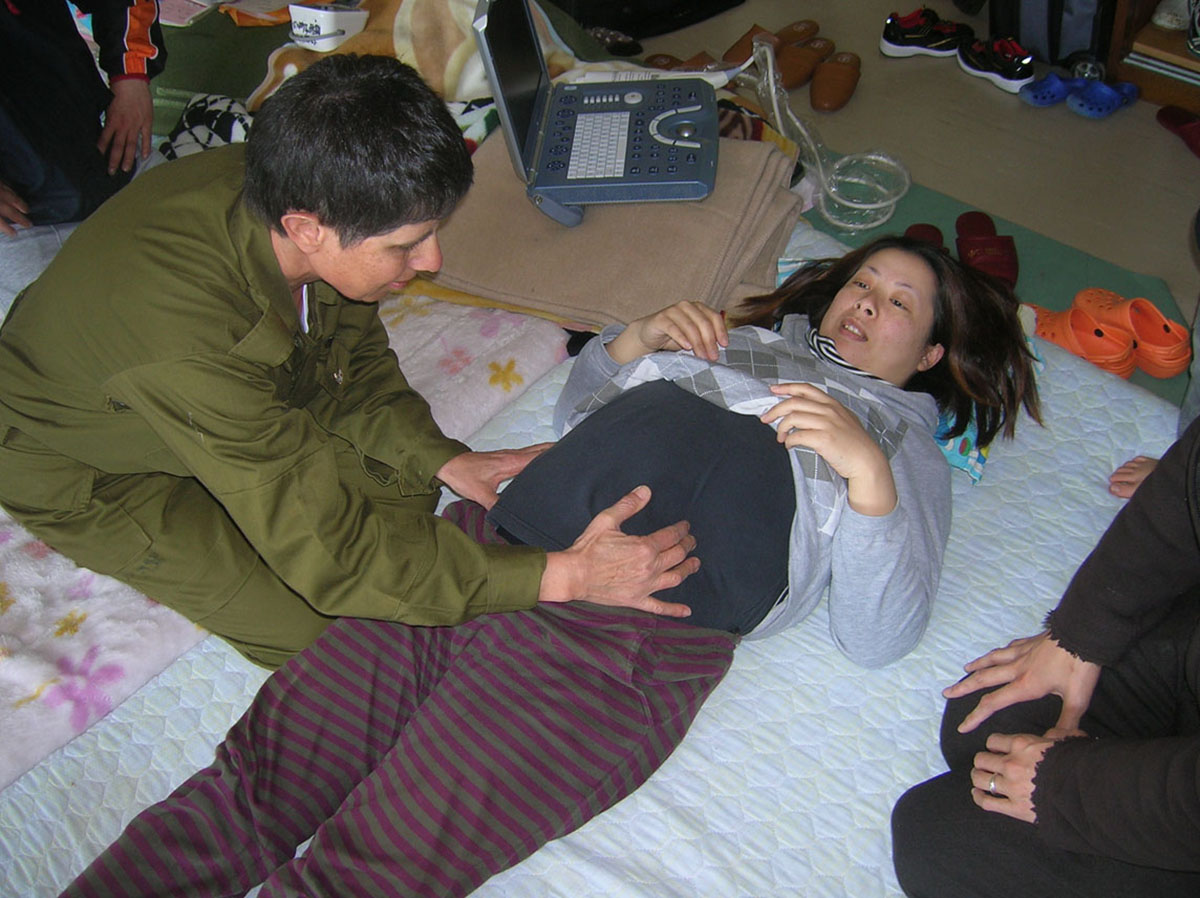What is Amenorrhea?
Amenorrhea represents absence of the menstrual bleeding. Amenorrhea can be primary and secondary. Primary amenorrhea is failure to menstruate by the age of 16 and it may be seen in underweight girls. Secondary amenorrhea occurs when a woman who was previously regularly menstruating stops menstruating for 3 or more months due to unexplained reasons.
Absence of menstrual bleeding normally stops after a conception in healthy women. However, amenorrhea can be caused by other factors too. Amenorrhea is not an illness but a symptom of some underlying condition which is rarely serious. Amenorrhea can be reversed when the condition that has led to absence of period is identified and treated.
Amenorrhea and Pregnancy
Amenorrhea and pregnancy are two conditions that are not related to each other. This especially refers to primary amenorrhea since absence of menstrual bleeding occurs when a girl is in her teens when she didn’t start to menstruate yet. Similarly, secondary amenorrhea and pregnancy are not related because a conception does not cause secondary amenorrhea although it may occur during a woman’s childbearing years. Secondary amenorrhea is usually caused by hormonal imbalance such as polycystic ovarian syndrome, infertility, problems with reproductive organs, premature menopause, uterine scarring due to dilation and curettage, stress or drastic weight reduction.There is also a condition known as hypothalamic amenorrhea and pregnancy. Hypothalamic amenorrhea occurs due to a problem involving the hypothalamus that produces hormones and controls reproduction, which leads to absence of menstruation for several months. Hypothalamic amenorrhea can result from low body fat, excessive exercise, eating disorders, stress or obesity.
- The mechanism of FHA is due to suppression of gonadotropin releasing hormone (GnRH) in the hypothalamic-pituitary-ovarian axis resulting in low follicle stimulating hormone (FSH) and luteinizing hormone (LH) being released from the anterior pituitary.
- Due to this impaired feedback mechanism, the ovarian granulosa cells do not receive a signal to produce estradiol. Therefore, endometrial thickening does not occur during the follicular phase resulting in amenorrhea in an otherwise healthy woman. The diagnosis of FHA is defined as amenorrhea for at least 3 consecutive months, with estradiol (E2)
- While this condition is reversible, the diagnosis is a diagnosis of exclusion. Importantly FHA is a condition that occurs during the peak of a woman’s reproductive years, resulting in anovulation and infertility.
- Estrogen deficiency significantly effects bone status and serves as a key factor in regulating adequate bone metabolism in the skeletal system. By stimulating osteoblast (bone-building) activity, estrogen promotes the formation of certain growth factors including transforming growth factor beta (TGF-?), insulin-like growth factor 1 (IGF-1), and bone morphogenetic protein 6 (BMP6).
- While psychological stress can result in FHA, this relationship is bidirectional, in that FHA greatly impacts the psychological status of effected individuals. Women with FHA have significantly higher depression scores, greater anxiety, and increased difficulty coping with daily stress as compared to healthy controls.
Causes of Amenorrhea
Amenorrhea can be due to anatomical abnormalities of genital tract, abnormalities of hypothalamus or pituitary gland, stress, endocrine disorders, nutritional deficiency, low body weight, anovulation, intrauterine adhesions, absence of opening in hymen and use of oral contraceptive pills or intrauterine devices.
Symptoms
Apart from absent menstruation, symptoms of amenorrhea include: excessive hair growth on the face and torso, reduced breast size, lower libido, deepening of the voice and milky nipple discharge.
Complications
Amenorrhea can cause several complications related to reproductive tract. That includes polycystic ovarian syndrome, hirsutism, and uterine fibroids. Amenorrhea may also impair fertility and cause inability to ovulate.
Treatment
Treatment for amenorrhea depends on the condition that has caused failure to menstruate. The treatment may involve dietary and lifestyle changes if amenorrhea results from malnutrition, stress, unhealthy body weight or substance abuse. Oral contraceptives are given for treatment of hypothalamic amenorrhea and polycystic ovarian syndrome while endocrine disorders are treated with medications.


















Your thoughts on this
Loading...